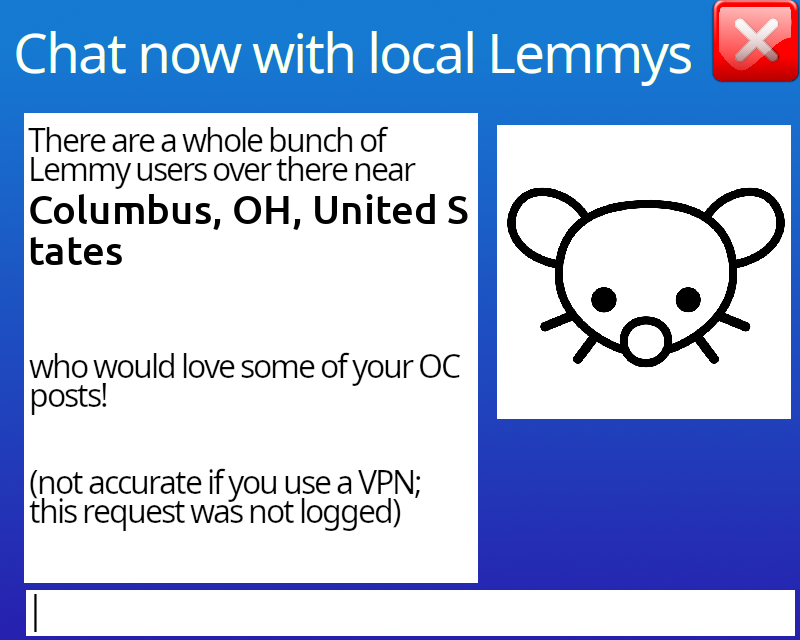

Now that WordPress has official ActivityPub support: yes, pretty much. Posting to both Mastodon and Lemmy will be a challenge, though, as Lemmy doesn’t really offer following individual users.
Technically, any website can be an ActivityPub server, so you could “trick” Lemmy into thinking your website is a community while “tricking” Mastodon(-likes) into treating it like a normal feed. That’s pretty messy, though.







Backups are important when dealing with software like this. Don’t click “update” unless you can spend the five or ten minutes to restore a backup (or have the hour or two to fix things). Do regularly update, though, because the longer you stay behind, the more difficult it will be to catch up later. I generally YOLO the home assistant updates and hit update whenever there’s a prompt.
As for the Zigbee2Mqtt thing, don’t update major software releases without checking the change logs. If software decides to go from 1.x to 2.x, something significant probably changed. I wouldn’t stick with the old version forever, but i wouldn’t update major versions unless I have an hour or so to fix the breaking changes.
With Zigbee, you can configure many devices to connect to each other directly, so even when Home Assistant shits the bed, you can still turn your lights on and off. Not as feature rich as full home automation, but probably the best choice when you share your house with others.
You could go for a staging environment but there’s no way to actually test that without having dedicated hardware hooked up to the staging server, so that’s probably way too much. Instead, I’d focus on a good backup solution. For instance, making daily backups (or more! Only record the bits that are changed!) if your home assistant disk, using tools like virtual machines and ZFS. Put any databases with important long term storage on a separsre (virtual) machine so you can revert home assistant without data loss. This time your problems may have been caused by a significant update, but next time it could be a random particle taking billions of years to cross half the universe just to hit your RAM in exactly the wrong way and corrupt your entire OS. If you can easily recover from crashes outside of your control, you can reuse that tech to recover from crashes you accidentally caused yourself.